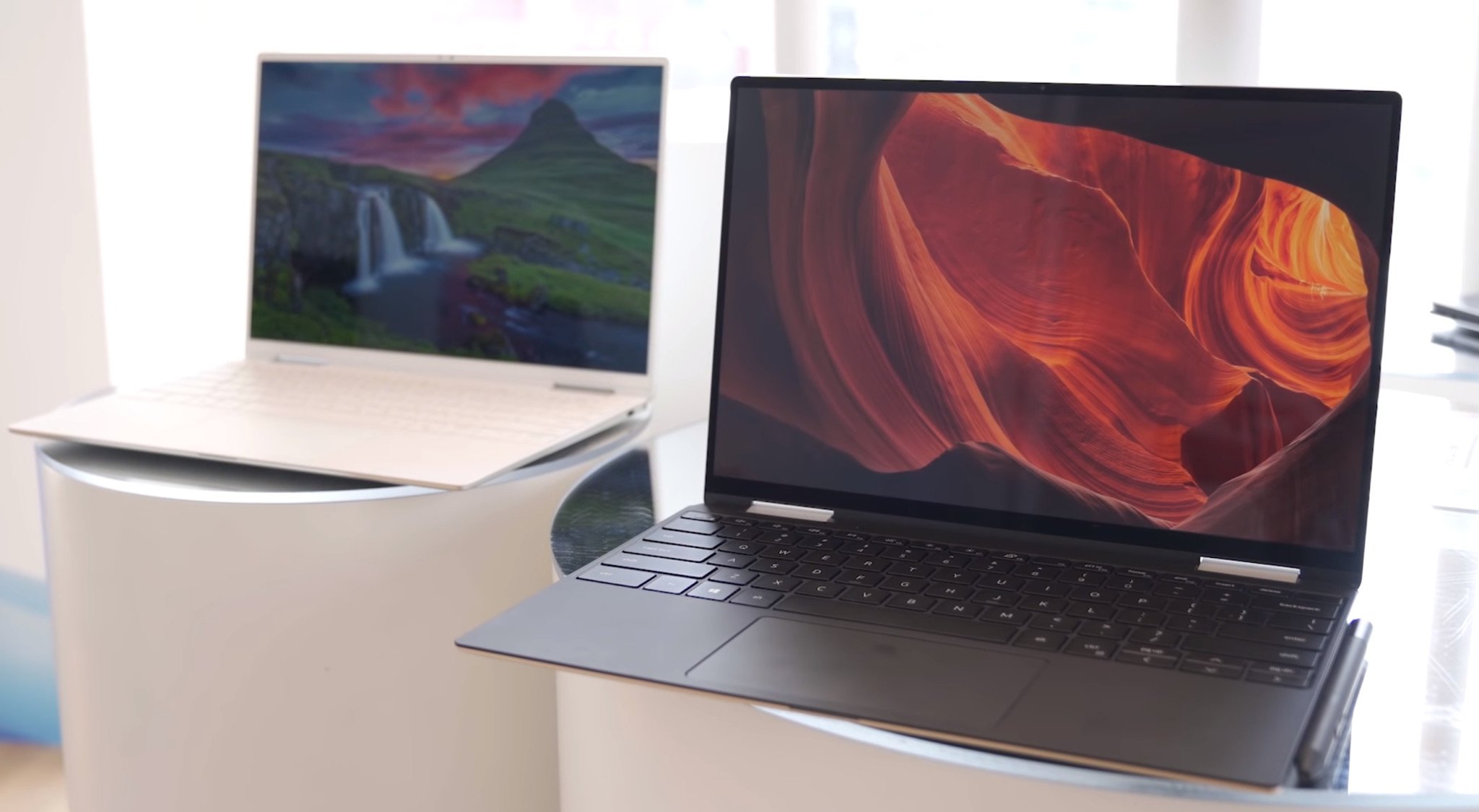
Is the Dell XPS 13 2-in-1 good for video editing?
What hardware is most important for video editing?
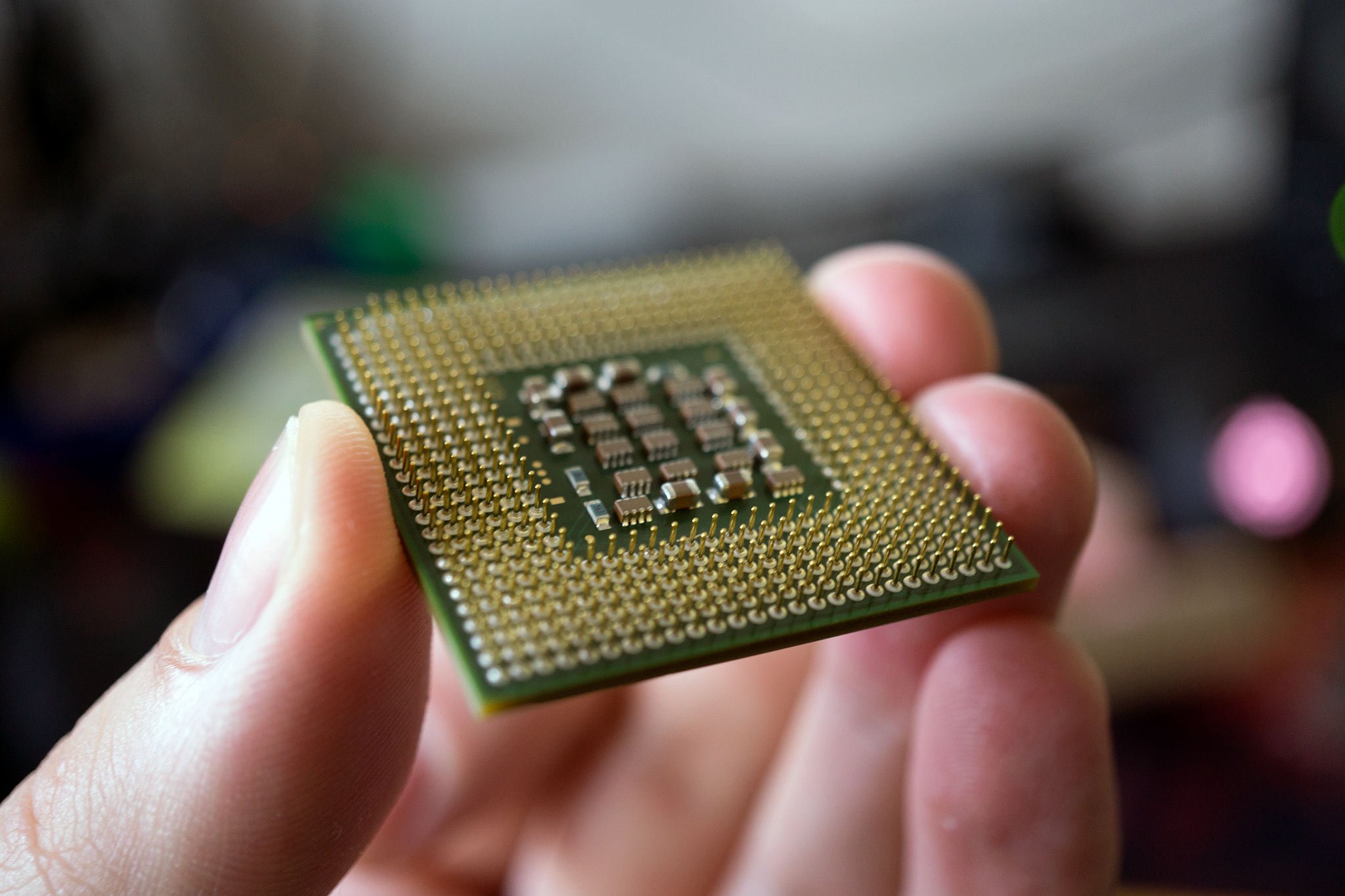
While just about any PC can give some lightweight video editing a try, there are certainly some checkmarks that must be present to truly accomplish editing tasks in popular software like Premiere Pro, Vegas, and PowerDirector.
In just about every case, the CPU is the most crucial factor in video editing, and while the XPS 13 2-in-1 does feature new quad-core 10th Gen Intel chips, the 9th Gen hexa-core and octa-core options available with the XPS 15 are much better suited to the task. You'll see a better overall performance, especially if you're moving into higher resolutions.
You're also getting a dedicated NVIDIA 1650 GPU with the XPS 15, while the XPS 13 2-in-1 is stuck with integrated Intel graphics. The GPU isn't as important as the CPU when video editing with most software, but it's still a critical component that will make the experience much more enjoyable, especially when attempting to playback any content that's loaded with effects.
The more RAM you have in an editing PC, the better, and while the Both the XPS 13 2-in-1 and the XPS 15 can be had with up to 32GB of RAM, only the larger laptop can be upgraded after purchase. Likewise, the PCIe solid-state drive (SSD) can also be upgraded after purchase in the XPS 15, while the XPS 13 2-in-1 is stuck with whatever you choose at checkout. You'll no doubt be dealing with large file sizes while editing, and the XPS 15 can be configured with up to a 2TB SSD straight from the factory, while the XPS 13 2-in-1 caps out at 1TB (and can't be upgraded after that).
The XPS 15 has more display options
You want to see clearly the project you're working on, and if you don't have an external display to connect to at all times, you will no doubt find the XPS 15's 15.6-inch options are more functional.
If you're editing 4K video, the high-res display is a no-brainer, available in either touch LCD or non-touch OLED. The former hits 100% AdobeRGB color and 500 nits brightness, while the latter manages 100% DCI-P3 color and the same 500 nits brightness. The XPS 13 2-in-1's 13.4-inch 4K option is also a looker, with 500 nits brightness and HDR400 certification, but altogether it's not as well suited to video editing as the XPS 15's options.
The XPS 15 has the right ports
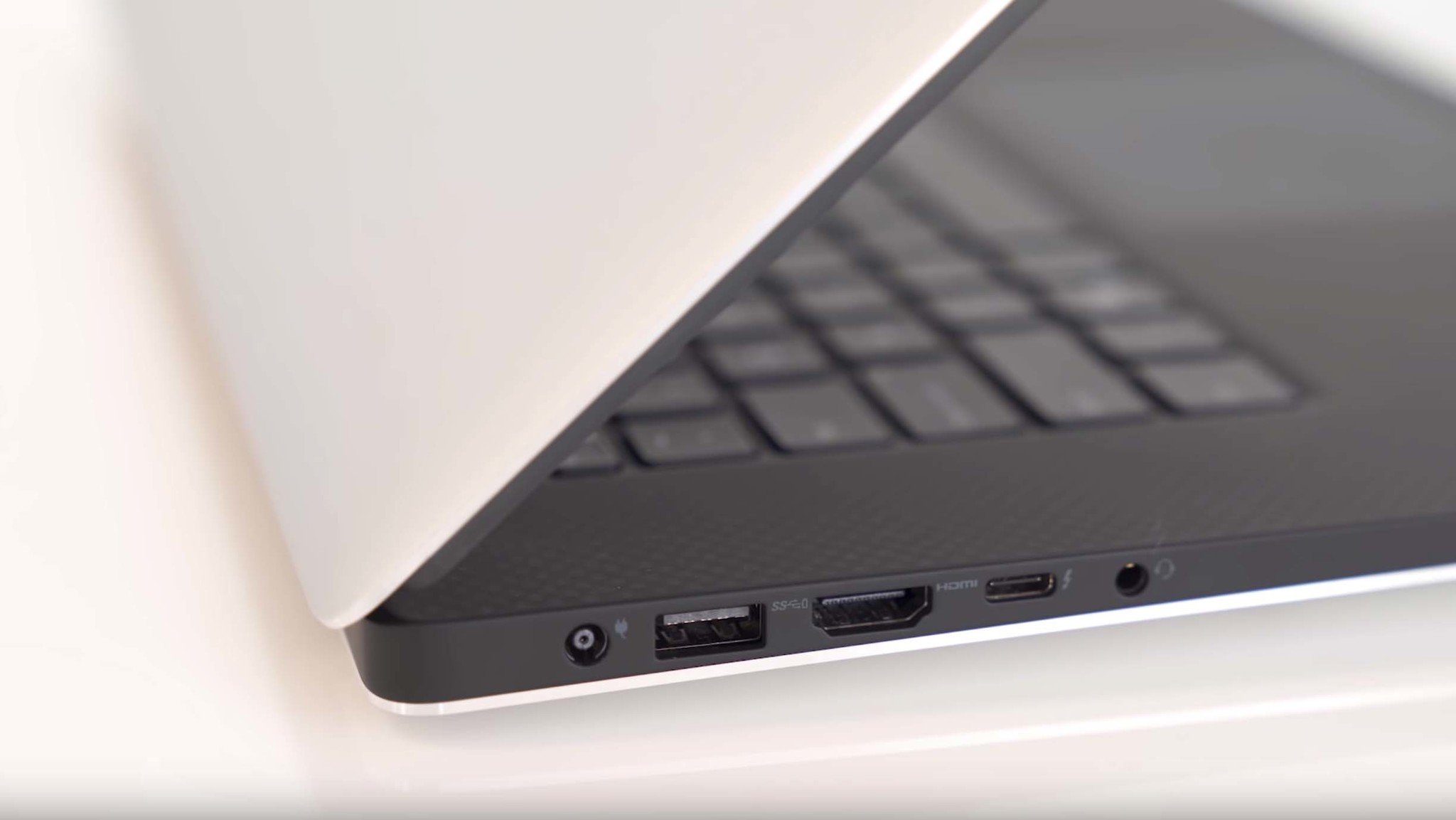
The XPS 13 2-in-1 has been pared down to dual Thunderbolt 3 ports, a microSD card reader, and a 3.5mm audio jack, which is ripe for connecting a worthwhile docking station for added connectivity.
Get the Windows Central Newsletter
All the latest news, reviews, and guides for Windows and Xbox diehards.
The XPS 15, however, comes standard with two USB-A 3.1, HDMI 2.0, Thunderbolt 3 with 4x lanes of PCIe, a 3.5mm audio jack, and a UHS-II SD card reader for quick data transfers between devices. You should find you can connect most accessories without extra dongles or dock, making it more convenient if you're working away from home or office.
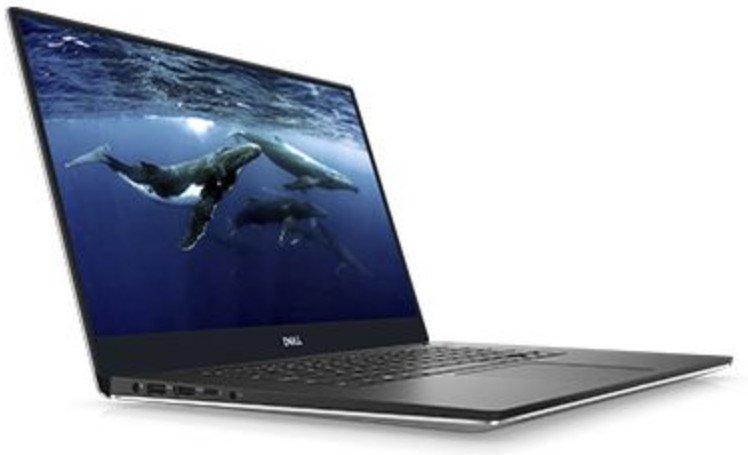
The better pick for video editors
The updated XPS 15 7590 has the power needed for video editing thanks to 9th Gen Intel Core CPU options, GTX 1650 GPU, up to 32GB RAM, and up to a 2TB M.2 PCIe SSD. The 15.6-inch display, available with up to 4K OLED resolution, will not disappoint thanks to superb color reproduction and brightness.
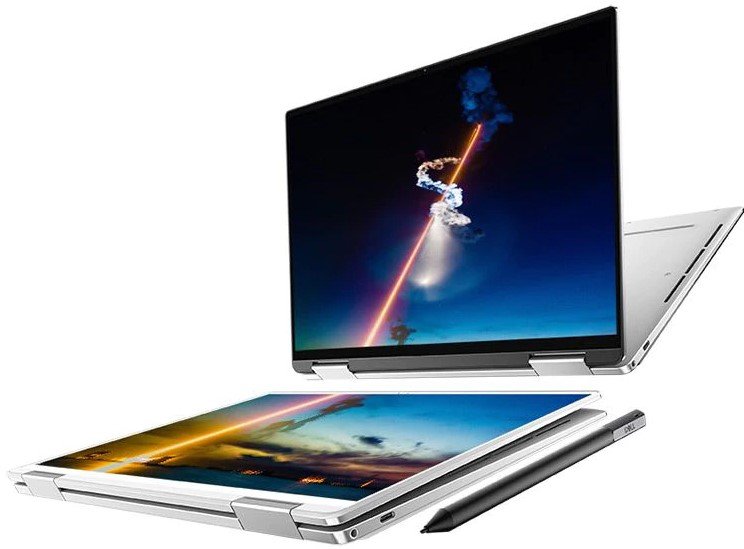
Still an excellent laptop for general work
The refreshed XPS 13 2-in-1 (7390) is undoubtedly a beautiful laptop, but its hardware options make it less than ideal for video editing. If you're not getting into any specialized work, it is one of the best convertible laptops you can find right now.

Cale Hunt brings to Windows Central more than eight years of experience writing about laptops, PCs, accessories, games, and beyond. If it runs Windows or in some way complements the hardware, there’s a good chance he knows about it, has written about it, or is already busy testing it.
